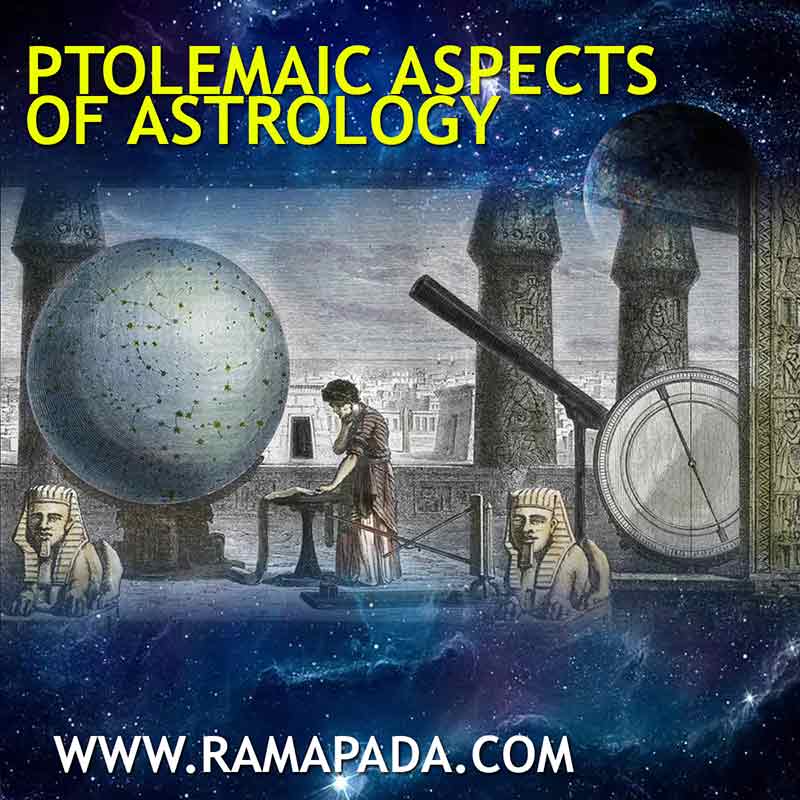Astrology, like many ancient practices, relies on a complex web of influences. But how exactly do celestial bodies interact and exert their effects? This is where Ptolemaic aspects come in. Developed by the famed astronomer and astrologer Ptolemy in the 1st century AD, these aspects are the foundation for understanding planetary relationships in an astrological chart.
The Celestial Stage: Angles and Degrees
Imagine the zodiac as a circular stage, with the planets as the star performers. Ptolemaic aspects focus on the angles these planets form relative to each other, measured in degrees along the zodiac. The five main Ptolemaic aspects, also known as major aspects, are:
- Conjunction (0°) – Planets sharing the same stage, signifying a powerful blend of energies.
- Sextile (60°) – Planets in a harmonious aspect, offering support and opportunity.
- Square (90°) – Planets in a challenging aspect, creating tension and conflict.
- Trine (120°) – Planets in a flowing aspect, bringing ease and good fortune.
- Opposition (180°) – Planets on opposite sides of the stage, creating polarity and potential for both cooperation and clash.
Beyond the Basics: Orbs and Nuances
The exact degree (0°) isn’t the only factor considered. Astrologers use a concept called “orbs,” which allows for a slight allowance on either side of the exact angle. This acknowledges that planetary influences can be felt even if they aren’t perfectly aligned. Additionally, different astrological traditions may assign varying weights and interpretations to each aspect.
The Significance of Planetary Relationships
By analyzing the aspects between planets in a birth chart, astrologers can glean insights into an individual’s personality, potential challenges, and opportunities. For instance, a Sun-Jupiter trine might indicate a naturally optimistic and fortunate person, while a Mars-Saturn square could suggest a tendency to struggle with self-doubt and frustration.
Ptolemaic Aspects: A Cornerstone of Astrology
While astrology is not without its skeptics, Ptolemaic aspects remain a cornerstone of the practice. Understanding these celestial relationships allows astrologers to create a narrative about the interplay of energies in a chart, offering a framework for interpreting the complexities of human lives.
In Conclusion
Ptolemaic aspects provide a lens through which astrologers can examine the dance of the planets in an astrological chart. By understanding these angles of influence, we gain a deeper appreciation for the interconnectedness of the cosmos and its potential reflection in our lives.

